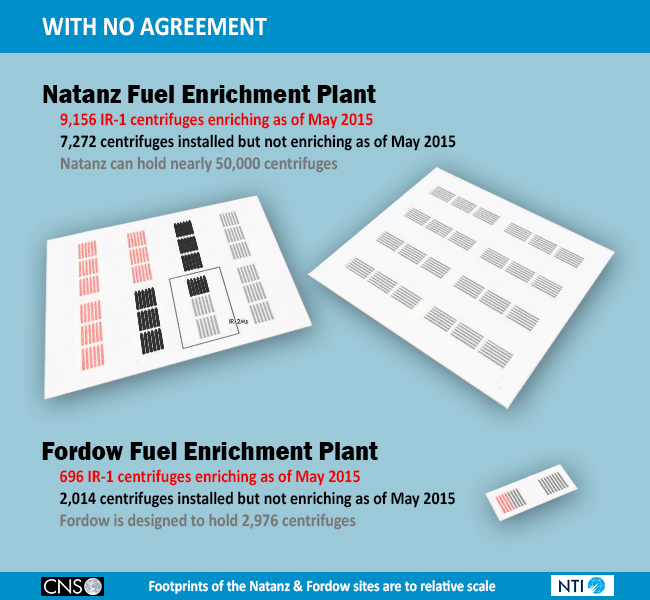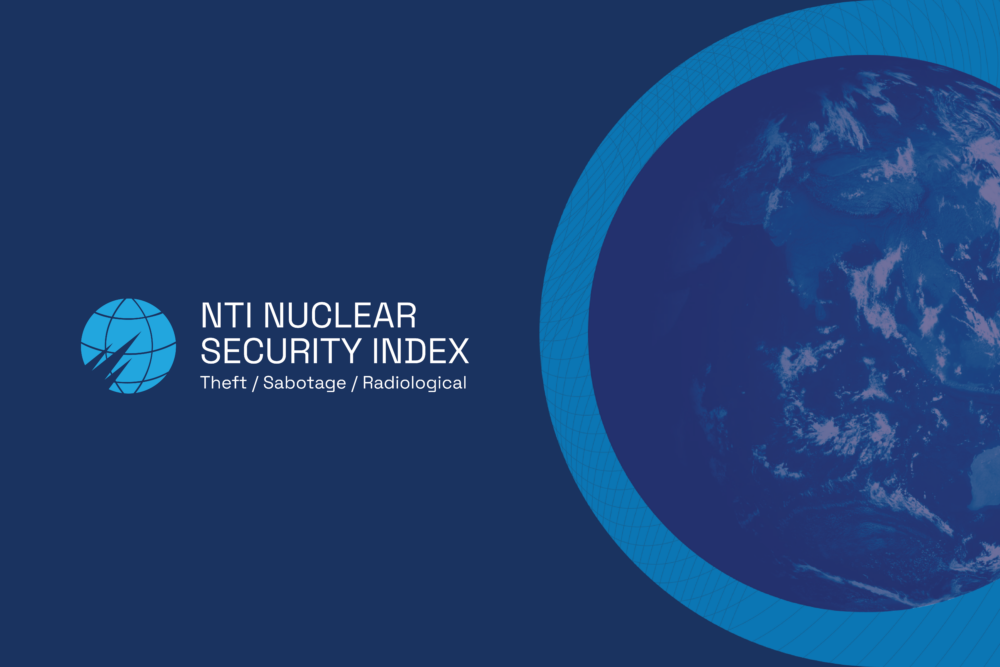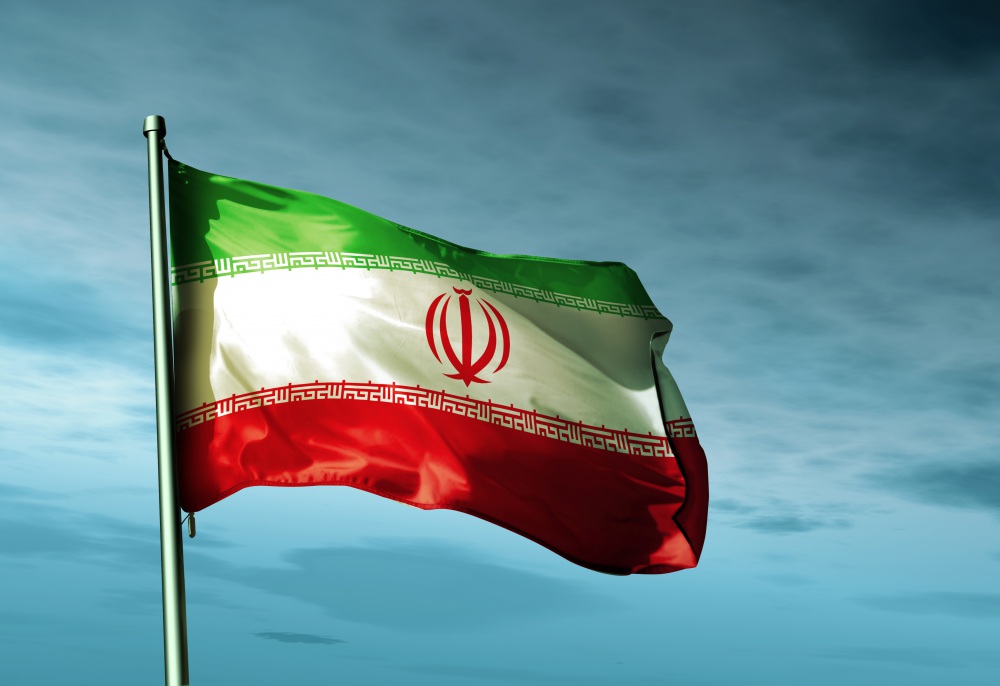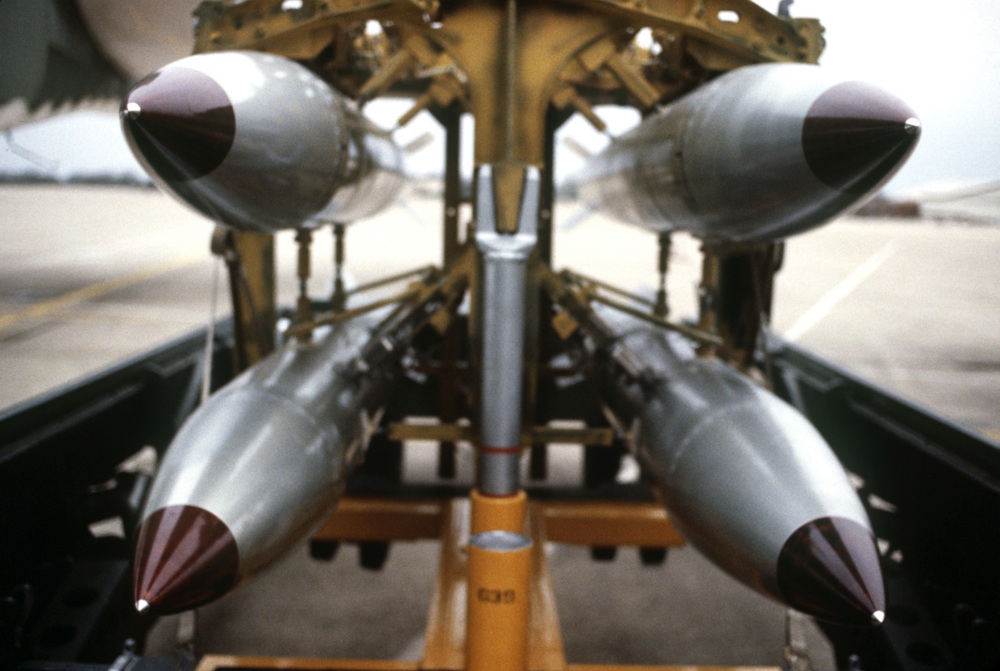
Jeffrey Lewis
Director of the East Asia Nonproliferation Program, The James Martin Center for Nonproliferation Studies
Negotiators from Iran are furiously working with their counterparts from the so-called E3/EU+3 – that's the European Union, including Britain, France and Germany, plus China, Russia and the United States – to see if they can reach an agreement that will trade sanctions relief for limits on Iran's uranium enrichment program. They have until June 30th, or perhaps a bit longer if they go into extra time.
If they succeed, the deal will be known as the Joint Comprehensive Plan of Action. It will replace the current interim agreement known simply as the Joint Plan of Action, which was agreed for six months in November 2013 and extended twice as negotiators have racked up hotel bills. (For clarity, the current freeze is simply called the "Interim Agreement" here.)
Whether or not the agreement is a good deal or a bad one depends, in part, on the limits that Iran accepts on its uranium enrichment program. While some people say even one centrifuge in Iran is one too many, most experts believe that any agreement that can lengthen the time it takes Iran to build a nuclear weapon to at least a year is worth doing.
The limits under negotiation, combined with other measures, are therefore intended in part to lengthen the hypothetical "breakout time" from a few months today to more than a year under a final agreement. "Breakout" is the term used to describe the time that it would take for Iran to use declared facilities to produce a single "significant-quantity" of highly-enriched uranium (25 kilograms). (A "significant quantity" only refers to the amount of material itself; additional time would be necessary to fashion it into a nuclear weapon.) There are, of course, other considerations, but breakout looms large in most debates.
See the full infographic.

Sources:
Implementation of the NPT Safeguards Agreement & relevant provisions of Security Council resolutions in the Islamic Republic of Iran, GOV/2015/34 (May 29, 2015); US Department of State, "Parameters for a Joint Comprehensive Plan of Action Regarding the Islamic Republic of Iran's Nuclear Program," (April 2, 2015).
Assessing any deal requires understanding how many and what kind of centrifuges Iran currently possesses, as well as how many and what kind it is likely to have absent an agreement.
Today, Iran's centrifuge program is limited by the Interim Agreement. Under the Interim Agreement, Iran's program was frozen at current levels for the duration of negotiations. Iran currently has 19,113 centrifuges at two enrichment sites – one near Natanz and another called Fordow (but actually near Qom).
President Obama has stated that today, under the Interim Agreement, breakout time is about 2-3 months.
If negotiations were to fail, Iran could eventually install the full complement of nearly 50,000 centrifuges at Natanz, including advanced generation machines, and resume production of 20 percent HEU material at Fordow. In such a scenario, the breakout time to produce enough HEU for a nuclear weapon would be only a few days — functionally zero.
The Obama Administration is seeking terms under a Joint Comprehensive Plan of Action that would stretch breakout time to more than a year. The terms of this agreement, as described in the press and the documents released by the parties, would require Iran to remove the vast majority of centrifuges, including all the more advanced IR-2M centrifuges at Natanz, and place them in storage under IAEA monitoring. Under a final agreement, Iran is expected to be limited to a total of 6,104 IR-1 centrifuges – 5,060 centrifuges at Natanz and 1,044 centrifuges at Fordow. Iran would be prevented from installing additional centrifuges, installing advanced generation centrifuges, or enriching uranium above 3.67 percent for at least 15 years.
Research and development of more advanced centrifuge machines will be conducted according to an agreed schedule that will severely limit the testing of new centrifuges. Iran has reportedly agreed to refrain from "lead cascade testing" of centrifuge types beyond the IR-2M.
Combined with other restrictions of research and development, and access provided to the International Atomic Energy Agency, the limitations on Iran's centrifuges under a final agreement are designed to extend the breakout time associated with Iran's declared facilities from a few months today to more than a year.
Break-out time is, of course, only one way to measure the effectiveness of an agreement with Iran. Many experts believe the scenario is too artificial and that Tehran is unlikely to initiate a crisis by using a declared facility to race to a single nuclear weapon. Some experts are more concerned about covert facilities. Nevertheless, break-out is the benchmark the Obama Administration and others have cited for whether a deal with Iran strengthens the security of the United States, as well as its allies and partners.
IR-1, see NTI's Collection of Iranian Centrifuges
IR-2M, see NTI's Collection of Iranian Centrifuges
Sources:
In terms of the separative work required to enrich uranium to weapons-grade, material that has been enriched to twenty percent requires relatively little additional work to reach weapons grade.
As of May 2015:
Natanz is designed to hold 144 cascades (~50,000 centrifuges).
Under an agreement, Iran would be limited to 30 cascades at Natanz totaling 5,060 centrifuges.**
As of May 2015:
Fordow is designed to hold 16 cascades (as many as 2,976 machines).
Under an agreement, Iran would be limited to 4 cascades at Natanz totaling 1,044 centrifuges, of which only 2 cascades would be operated for to separate stable isotopes (348 centrifuges).
*24 cascades of 164 machines, 66 cascades of 174 machines
**14 cascades of 164 centrifuges and 16 cascades of 174 centrifuges
Sign up for our newsletter to get the latest on nuclear and biological threats.
“The bottom line is that the countries and areas with the greatest responsibility for protecting the world from a catastrophic act of nuclear terrorism are derelict in their duty,” the 2023 NTI Index reports.
Eric Brewer calls on Washington to improve its ability to detect and respond to Iran’s nuclear activities now that its nuclear program enters “dangerous new territory” with enough highly enriched uranium for a nuclear bomb.
Understanding nuclear materials, including how plutonium and enriched uranium are produced, and the basics of nuclear energy and nuclear weapons, is the focus of this tutorial.


